Rose galls from Palatine?
Business_Name_Placeholder
last year
Featured Answer
Sort by:Oldest
Comments (46)
librarian_gardner_8b_pnw
last yearlast modified: last yearrifis (zone 6b-7a NJ)
last yearRelated Discussions
what roses from Palatine would you buy if,,,,,
Comments (8)It depends on whether you want Cutting roses foe taking them inside or you are just interested in a beautiful garden display. They have numerous roses that have ADR certificate which means that they should be resistant to PM, blackspot and rust, should be drought tolerant and self-cleaning. My floral fairy tale, Cinderella (fairy taleand Caramelle Fairy Tale are not ADRcertified because I must deadhead then; other than that they clean (caramella might have a few spots, not blackspot though. Of the climbers Laguna is awesome: clean and has wonderful fragrabce. I wish I could find a good spot for accommodating to order Kordes'climber, Aloha. so far I mentioned a few landscape plants I bought from them last year. In the HT category, in case you are interested, I would look at Caramel Antike and a few Freelander HTs - depending your color preference. They have other older HTs as well and those roses are very good. I would definitely buy Papa Meilland and Valencia from them and Would ask for 'leftover' Barkarole. THey alo list a number of old garden roses that would (should( work in your zone; I cannot comment on those, becasue they would probably not do well here in the southeast. And, mosy importantly, do not be afraid to ask questions or recomendations from the owner. I would...See MorePalatine Roses - your best purchase?
Comments (52)Another update.... Finally had my three new roses bloom. I like them. So far they seem to be living up to what I expected. Not as fragrant as I was hoping for, but I think after they settle in another season, I'll be very happy with them. I feel that 'Beverly' is a lighter pink than I was looking for. Seems lighter than photos I've seen. But - all the blooms aren't even all the way open yet. [g] . 'Savanah' is a really pretty color that doesn't come across in a photo. In person, I keep thinking it looks luminous. It does seem to have some apricot in it, but it still reads pink and it's not clashing in my garden at all. It also takes it's time to open it's blooms, which I am enjoying. I think I may like the blooms better in the bud and half open bloom than when fully open. Edit: i just saw the Beverly bloom fully open and it looks like a bubble gum pink, for anyone considering buying one. The main priority was healthy and so far all of them seem to have clean healthy looking foliage. I forgot to get a photo of Pope John Paul because I had picked them in advance of rain we're getting later today and they were in a vase on the counter. PJP has very pretty flowers that open fairly slowly as well. The way the petals unfurl on one, looks like a pinwheel. Very pretty. The white is very saturated and pure looking. Beverly, first one just starting to open. A lighter pink than I expected. 'Savanah' the color in person is very appealing. 'Savanah' in the garden, with 'Julia Child' in the background. Here's the Pope John Paul - next to Julia Child blooms. Quite a difference in size. Also I find the outer petals deteriorate quickly, so this bloom has had almost 2 rows of outer petals removed and is still a good size....See MorePalatine 20-21 Rose Catalogue
Comments (27)rosecanadian there is an old thread here on houzz that discusses it, but i had also been asking around and learned from Palestine directly. here are the old threads if you are interested. you can scroll through as see some of what was offered last year. not everything on the list was available, but several were. i also was able to order st cecilia from k&m roses, just as an fyi. https://www.houzz.com/discussions/5473924/a-new-source-of-vintage-david-austin-roses#n=63 https://www.houzz.com/discussions/5832396/david-austin-roses-at-palatine...See MoreFisherman's Friend rose from Palatine
Comments (44)Final flush for Fisherman's Friend! The autumn blooms are much larger and have greater refinement and colour versus the initial spring flush. Up to 4" blooms easily. Love the decadent scent. This monster topped 7 to 8' with its new basal break. With all of the wind and rain we've been having since autumn arrived (truly autumn really did arrive as the very first day of fall the temperature was at 60 whereas it was 83 the day before). Thorns are vicious- like dear ol' Gertie J and even Munstead Wood. I cut the blooms because I didn't want the entire cane to snap from the weight of them loaded with water or from any winter or ice damage. Black spot for sure, touch of powdery mildew. If I could, I'd get a whole bunch of him. I'll have to try rooting some cuttings. He is magnificent. Steven...See MoreBusiness_Name_Placeholder
last yearrosecanadian
last yearBusiness_Name_Placeholder
last yearrosecanadian
last yearBusiness_Name_Placeholder
last yearBusiness_Name_Placeholder
last yearjudijunebugarizonazn8
last yearKristine LeGault 8a pnw
last yearSoCalGardenNut
last yearlast modified: last yearSunny Mississippi 8a
last yearBusiness_Name_Placeholder
last yearfig_insanity Z7b E TN
last yearlast modified: last yearBusiness_Name_Placeholder thanked fig_insanity Z7b E TNBusiness_Name_Placeholder
last yearlast modified: last yearrosecanadian
last yearUser
last yearlast modified: last yearBusiness_Name_Placeholder
last yearUser
last yearSoCalGardenNut
last yearlast modified: last yearBusiness_Name_Placeholder
last yearrosecanadian
last yearBusiness_Name_Placeholder
last yearSteve_M in PA
last yearBusiness_Name_Placeholder
last yearBusiness_Name_Placeholder
last yearlast modified: last yearBusiness_Name_Placeholder
last yearrosecanadian
last yearBusiness_Name_Placeholder
last yearADzone6b
last yearSteve_M in PA
last yearMoses, Pittsburgh, W. PA., zone 5/6, USA
last yearlast modified: last yearSheila z8a Rogue Valley OR
last yearUser
last year
Related Stories

GARDENING GUIDESWhat Kind of Roses Should You Grow?
Want to add the beauty of roses to your garden? Find out which ones, from old-fashioned to modern, are right for you
Full Story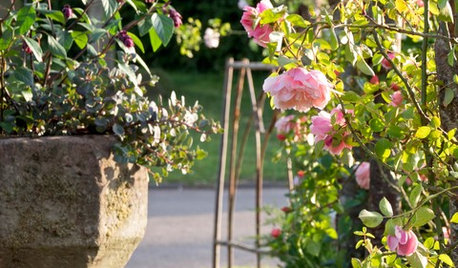
GARDENING GUIDESHow to Deadhead Roses and Other Garden Favorites
Follow this basic guide and learn how to properly deadhead roses and other flowers
Full Story
DESIGNER SHOWCASESGlamour and Colors Rule at 2016 Kips Bay Decorator Show House
See how 21 designers from around the U.S. outfitted a 1940 townhouse with vivid wall treatments and edgy furnishings
Full Story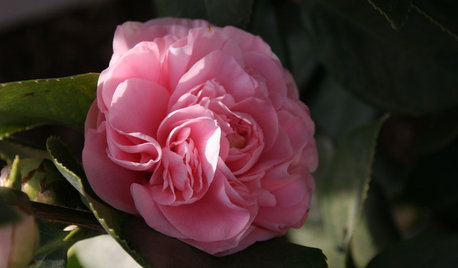
GARDENING GUIDESMild-Winter Gardens Celebrate Colorful Camellias
Grow these evergreen beauties as standout accent plants or blend them into your garden landscape
Full Story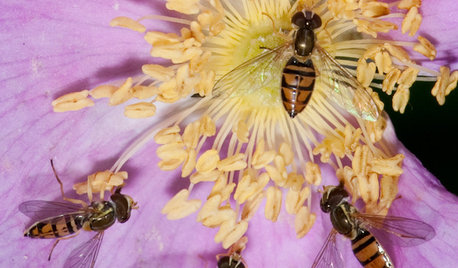
GARDENING GUIDESThis Fly Is One of the Most Beneficial Insects Around
Meet the syrphid fly, a colorful pollinator that also beats chemicals for controlling aphids and other garden pests
Full Story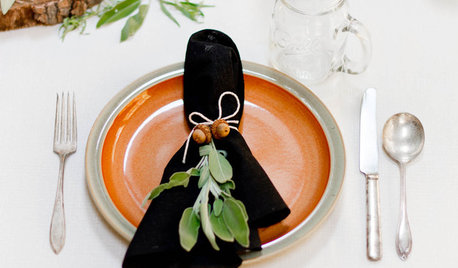

ENTERTAININGHouzz Guide: How to Set a Table
Here’s everything you need to know to prep your table for a get-together
Full Story

CONTEMPORARY HOMESHouzz Tour: A Creative Renovation Says Hello
A bland brick expanse at the street side of a corner house has become a very cool local landmark. All it took was a simple thought
Full Story
ARCHITECTURE6 American Takes on Tudor Style
Classic elements and modern twists create plenty of variations on this medieval architectural style
Full Story


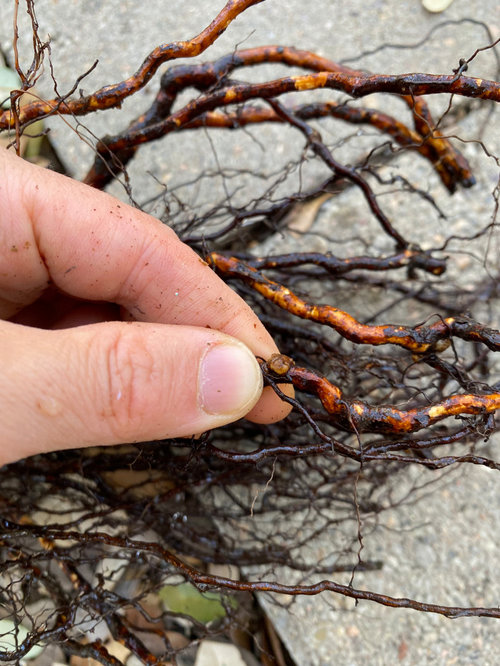
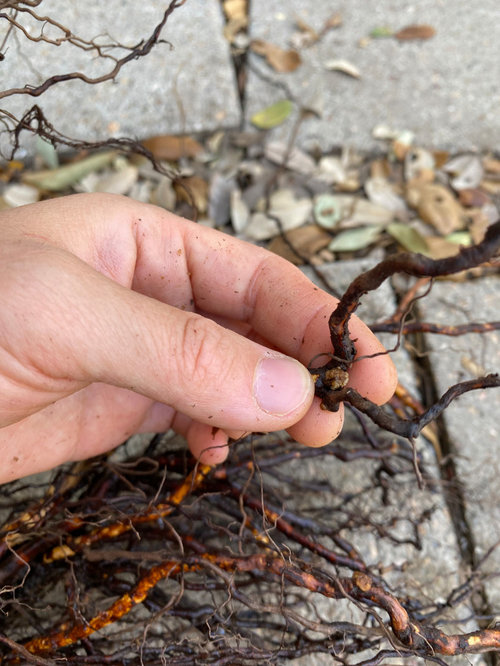
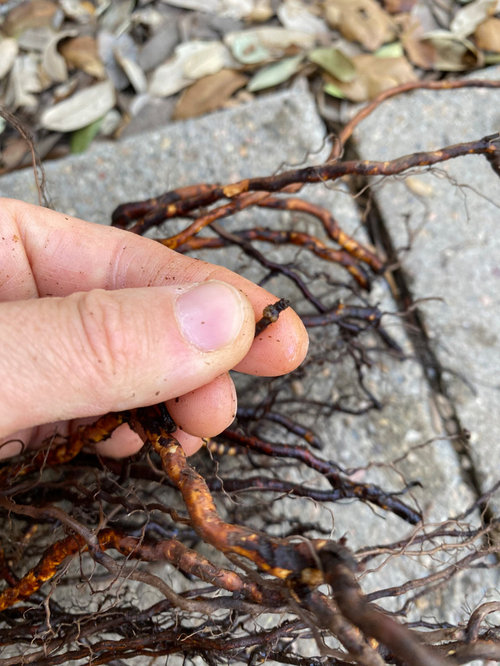
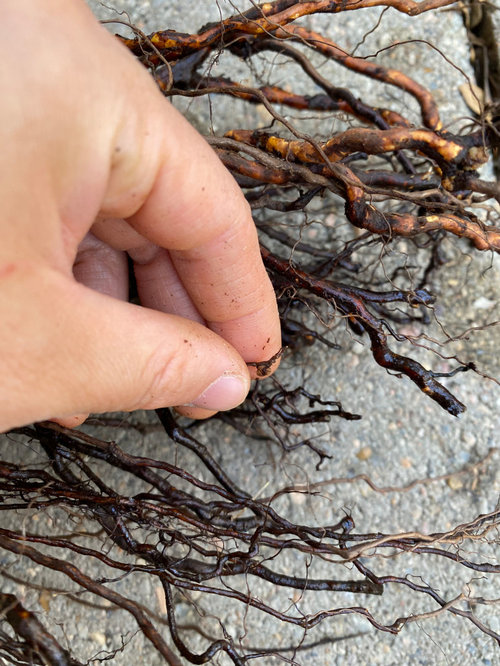
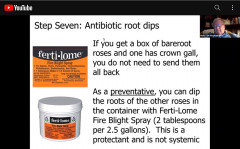
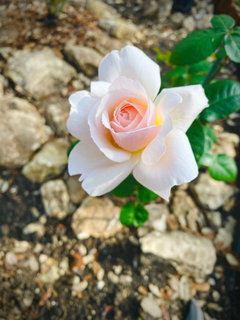
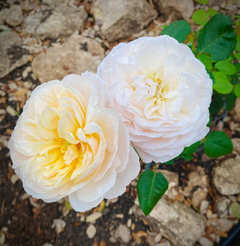
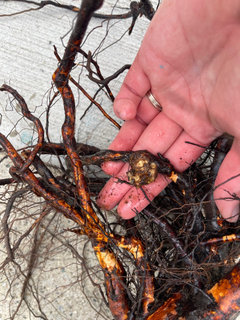
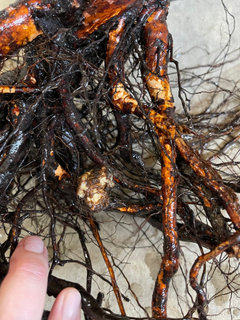
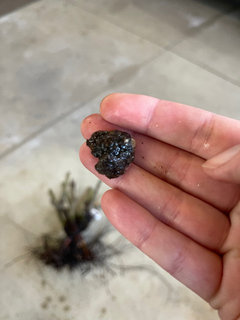
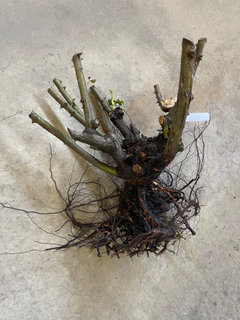





Sunny Mississippi 8a